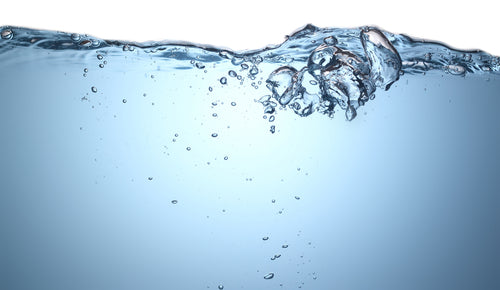
Dec 20 , 2017
Switching to Purified Water in 2018
Some New Years resolutions are so hard to stick to. As we make them, we already know what a challenge it will be to maintain them for an entire year. Switching to purified water in 2018, however, is a resolution that is easy to keep and provides a wide variety of benefits to you and your family. For 2018, resolve to switch to purified water; youll be glad you did!
What is Purified Water?
With all the terms used to describe water these days, it is essential to know exactly what is and is not purified water. Some of the common terms applied to water are spring, tap, distilled, filtered and, of course, purified. What is it that sets purified water apart from these other types of water? When you know the difference, you will see why switching to purified water is the right choice.
Lets look at the various water types.
Tap Water
Tap water is the water that comes out of your tap. Before it comes out of your tap, this water undergoes a variety of filtration techniques that can include using chemicals to separate out impurities from the water, sand filtration, or chlorination, which is used to kill bacteria and microorganisms.
While tap water is the cheapest option available, there are significant health concerns with using it for drinking. Tap water quality varies from location to location. Therefore, it is difficult to rely on its safety and purity.
One need only look to the city of Flint, Michigan to find an example of the health consequences that can result from drinking tap water. In Flint, the presence of lead in the citys tap water led to the water being unsafe for human consumption.
Water temperature, flow, and runoff all impact the quality of your tap water. If you are concerned about the presence of chemicals and other impurities in your drinking water, tap water is not the choice for you.
Distilled Water
Distilled water results from collecting the steam from boiling water. Because some compounds found in water have a lower boiling point than water itself, however, they too can boil and find their way into the steam and resulting water. Distilled water is not the purest clean water.
Spring Water
Spring water is often confused with purified water, but the two are in fact very different. Spring water can contain many of the same impurities found in tap water. Thats because spring water refers only to the source of the water. Spring water is only as pure as the source. While spring water drawn from an underground source may be pure, just calling water spring water does not denote a certain level of purity or absence of chemicals.
Filtered Water
Filtered water is typically found in supermarkets. Filtered water is tap water that has been put through a filtration process. This process can remove chlorine and, in some cases, other impurities. Filtered water may taste better than tap water, but in the end, it is quite similar to spring water.
Purified Water
Purified water stands apart from the other types. Unlike spring water, purified water is not a term used to describe the source of the water. Instead, it is a term used for the methods used to provide you with the purest water possible. Purified water starts with filtration, similar to filtered water. In addition to filtering, purified water is subjected to additional purification processes like reverse osmosis distillation or deionization.
The Benefits of Purified Water
So why is purified water better than any other alternatives? Here are our top six reasons:
1. Avoids Contaminates from Pipes
Tap water is brought to your home through a system of pipes. Then it is distributed throughout your home through more pipes. Once tap water enters this pipe system, any impurities it picks up along the way are in the glass of tap water you drink. Purified water eliminates the worry of dirty pipes.
2. Eliminates Chlorine
Chlorine imparts a bad taste and odor to water. Think about the smell and taste of pool water treated with chlorine. Purified water removes chlorine from your water, so your water tastes and smells better.
3. Prevents Bacteria
One reason for adding chlorine to water is to eliminate any bacteria found in the water. Purified water does not contain bacteria to begin with, so chlorine is unnecessary. Your water is still bacteria-free, but not because of the addition of chlorine.
4. Retention of Essential Minerals
Can eliminating everything from water be too much of a good thing? Absolutely! By using the correct purification method, certain essential minerals such as calcium, magnesium, and potassium are retained in the water. These are minerals your body needs.
5. Better Tasting, Healthier Food
As with your drinking water, by using purified water for cooking you and your family can be assured your cooking water is not hurting the taste or healthy qualities of your food.
6. Overall Health
What is the result of all these benefits? A healthier you. The water you drink will improve your health. Also, since it is important to drink eight to 10 glasses of water a day, using better-tasting purified water may help you increase your water intake and achieve the many benefits of adequate hydration.


